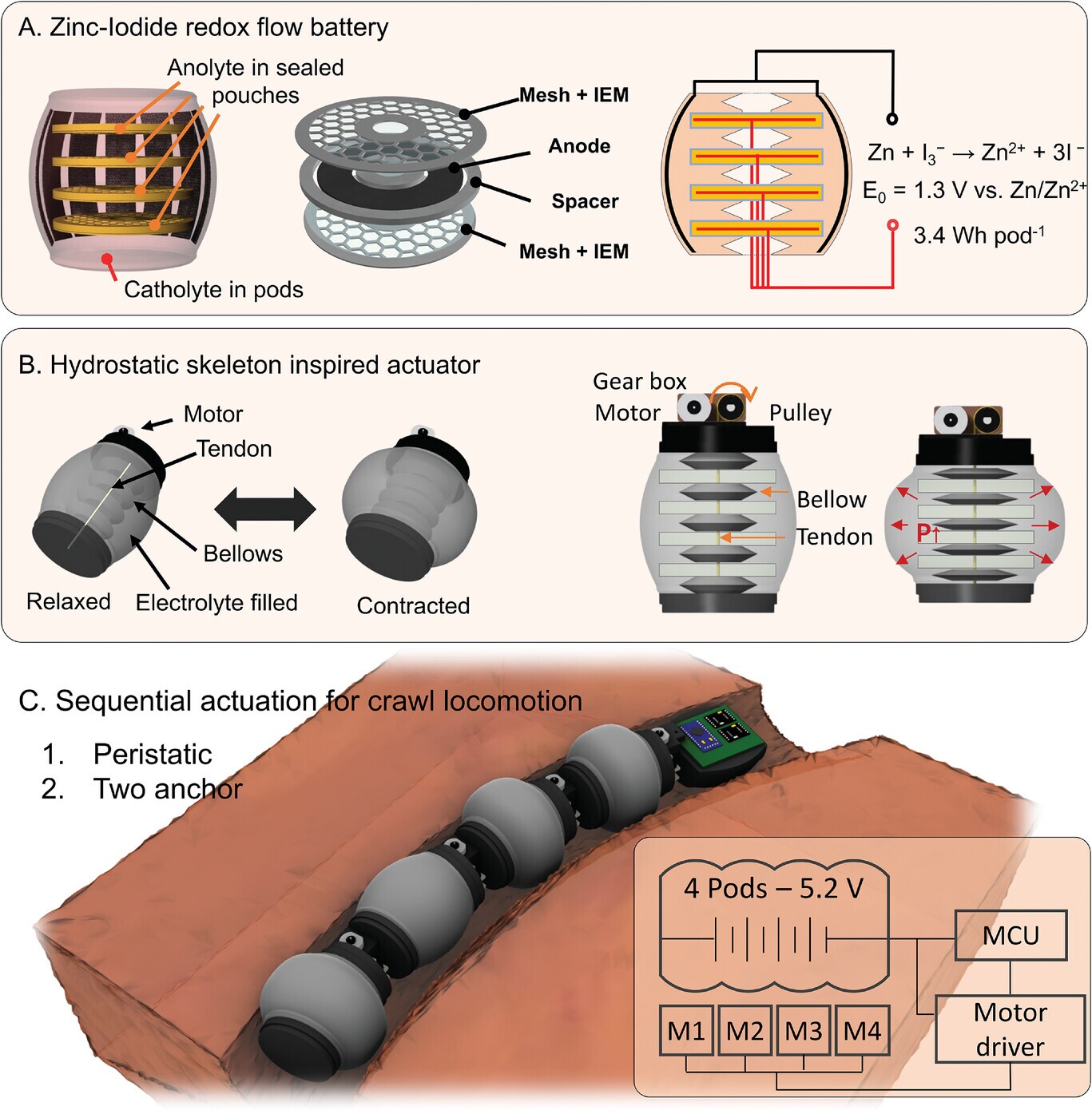Get the latest tech news
The Worm That No Computer Scientist Can Crack
One of the simplest, most over-studied organisms in the world is the C. elegans nematode. For 13 years, a project called OpenWorm has tried—and utterly failed—to simulate it.
When OpenWorm announced its intentions in 2011, Stephen Larson, an engineer who had “found religion” in open source, believed that if he could just convene a group of dedicated computational researchers to take a crack at biology, they might make meaningful progress on a simulation. Repeated hundreds of thousands of times in parallel experiments, this methodical process should hoover up enough data to give the computational folks, finally, something to work with—enough, even, to “reverse engineer” the worm completely. Gal Haspel, a computational neuroscientist at the New Jersey Institute of Technology and the lead author on the reverse engineering paper, estimates that pulling it off may take up to 10 years, cost tens of millions of dollars, and require something in the neighborhood of 100,000 to 200,000 real-life worms.
Or read this on Wired